
Back on June 11, 1963, Alabama Governor George Wallace stood in the door of a building on the University of Alabama campus and blocked the court-ordered admission of black students proclaiming, “segregation now, segregation tomorrow, segregation forever.” At that time, segregation was regarded by most of the country as a bad thing, so bad, in fact, that the Congress and Supreme Court have managed to create a virtual industry out of suppressing it. Kids were bussed to schools a substantial distance away from the homes to defeat segregation. In one egregious case of an imperial judge on steroids, US District Court Judge Russell Clark took over the Kansas City Missouri School District, he increased property taxes, raised teacher salaries, set curriculum, and ordered school construction all by court order. The Obama administration has issued a rule that will deprive localities of federal housing money if they are not adequately desegregated.
The sole exception to the federal fetish for desegregation at bayonet point is at the university level. We still have “Historically Black Colleges and Universities,” those institutions founded in response to de jure segretation that existed prior to Brown vs. Board of Education and the 1964 Civil Rights Act. There are federal grant programs that only available to these HBCUs (despite the fact that some like West Virginia State University and Bluefield (WV) State College are at least as white as WV itself). There are federal personnel recruiting programs targeting those schools. More pernicious, however, has been a decades long trend, dating back to the late 1960s, black students at public universities and elite private universities demanding black only spaces, i.e. dorms, cafeteria area, classes, etc.). It was comment upon by Gary Trudeau in a 1993 Doonesbury comic strip:

That impetus is still alive today. Via The College Fix:
At UCLA, the Afrikan Student Union is insisting upon an “Afrikan Diaspora floor” as well as an “Afro-house.”
“Black students lack spaces where they feel safe and comfortable,” the UCLA demands state. “The Afrikan Diaspora floor is a way for us to connect more to other Black students, the Afrikan Student Union, and the Afro-Am department. The floor should be branded as a safe space for all Black students.”
As for the “creation and support of a UCLA Afro-house,” the demands state “many Black students cannot afford to live in Westwood with the high prices of rent. An Afro-house would provide a cheaper alternative housing solution for Black students, that would also serve as a safe space for Black Bruins to congregate and learn from each other.”
At NYU, students demanded that “within the NYU 2031 Plan, have guaranteed that an entire floor of the mixed use building in the Southern Superblock plan be entirely dedicated to Students of Color, and another for Queer Students on campus.”
Students at UC Berkeley demanded “the creation of an African-American Student Development Resource Center…with a designated office space as well as space for hosting events, at a central campus location. This center is to be under the purview of the African-American Student Development Office.”
“The resource center will serve as a space on campus for Black students to gather, host programming, and to offer support to Black student organizations, all contributing to community building, increased stability, and a greater feeling of belonging at the university,” the demands add.
Similarly, at Oberlin University, students have demanded “safe spaces” for black students.
“We demand that spaces throughout the Oberlin College campus be designated as a safe space for Africana identifying students. Afrikan Heritage House should not be the only space allotted for the promotion and acknowledgement of our community specific needs,” the demands state, adding rooms in the library, science center and Wilder Hall should be set aside.
And, naturally, the progressive movement that fought official segregation and continues to pick nits of perceived segregation in housing and schooling thinks that racial segregation in college is a good thing.
Why is integration perceived as bad? First, because the students see black America as being in a crisis—one that they, as its most fortunate children, are morally obliged to try to help solve. Second, because embracing integration looks perilously similar to rejecting blackness, one’s own and the rest of the race’s. Finally, because they perceive life in white America as being a constant, endless, draining struggle against prejudice … A black college student’s nationalism can be divided in half: part of it is a working out of one’s relationship with black America, and part is the working out of one’s relationship with white America. The students at Temple are more focused on the former, the students at Penn on the latter.
If we are truly committed to having a nation in which everyone is judged on their merits rather than skin color (I’m paraphrasing some famous guy here, but I forget who) then this type of segregation is just as unacceptable now as it was in 1963.


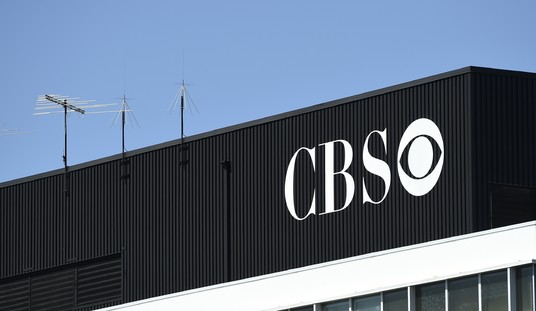
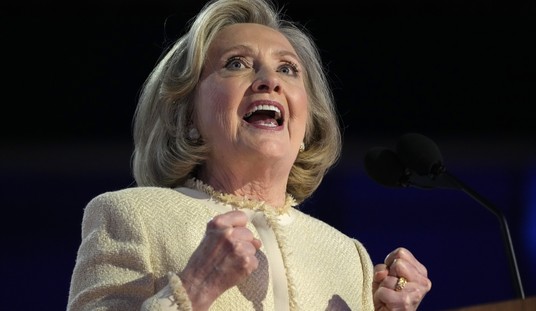


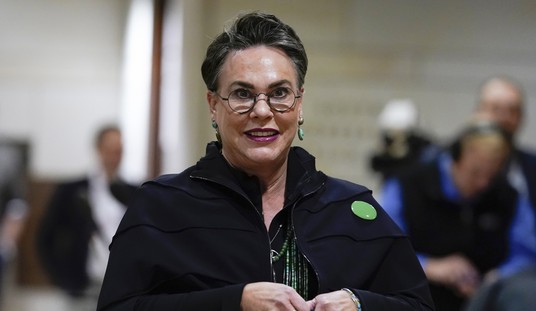


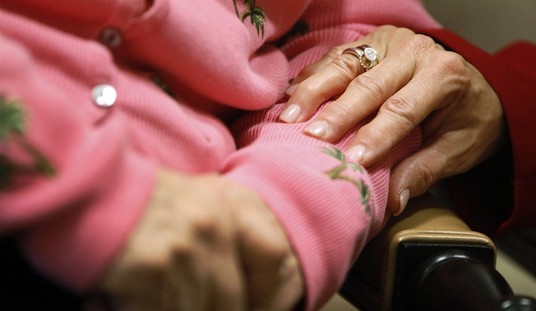

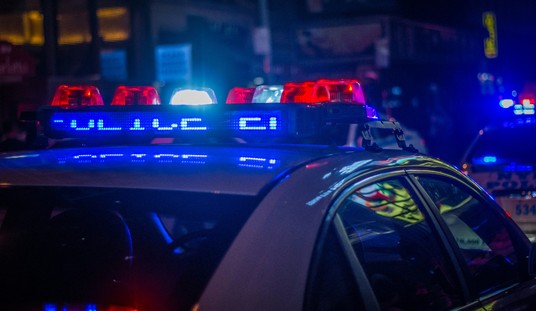


Join the conversation as a VIP Member